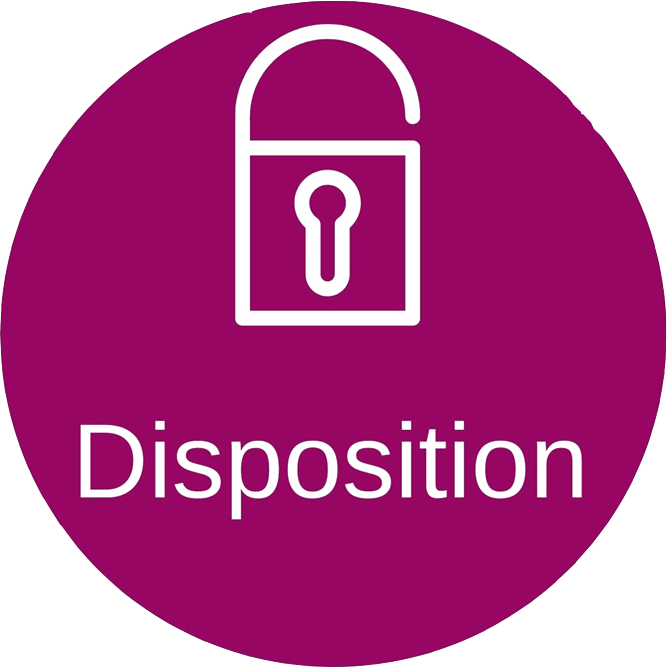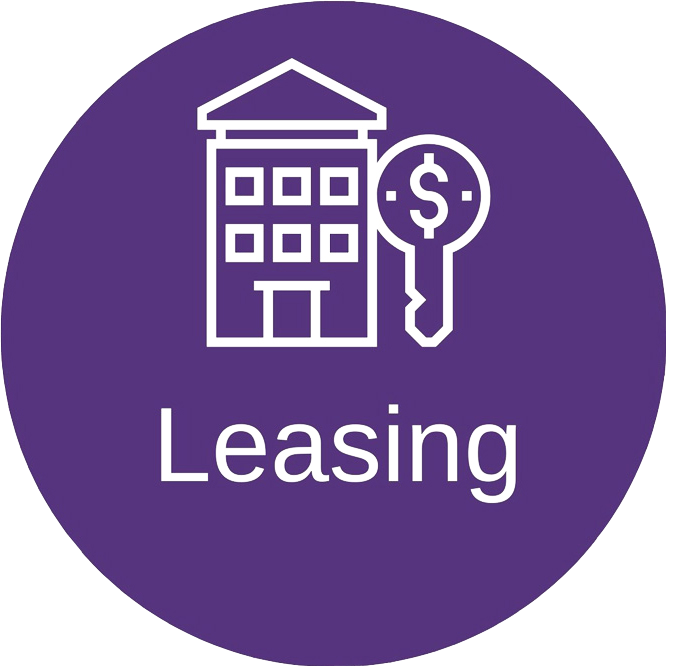
The U.S. industrial market appears to have normalized after an unsustainable clip of growth during the pandemic and may find its post-pandemic bottom this year, as supply continues to outpace demand in many markets.
Amid that softening, Amazon.com Inc. (Nasdaq: AMZN), an informal “first mover” in the industry, is showing signs of restarting expansion of its industrial real estate holdings.
Industrywide, the first quarter of the year brought the sixth consecutive three-month period of declining net absorption, at 27.9 million square feet absorbed nationally, according to Jones Lang LaSalle Inc. (NYSE: JLL). The vacancy rate also continued to rise, to 6.1%, thanks to lower tenant demand and the continued trend of higher-than-average construction deliveries.
Some market trackers put the national vacancy rate a little higher. By Savills’ estimate, for example, it’s at 6.7%. Some of the nation’s top industrial markets are posting double-digit vacancy rates, including Savannah, Georgia, at 12.1%; Phoenix, at 11.8%; and Dallas-Fort Worth, at 10.8%.
And while Mark Russo, vice president of industrial research at Savills, said it’s likely vacancy will continue to rise in the coming quarters, conditions may be setting the stage for a recovery in the broader sector medium term, especially heading into 2025.
A resurgence in demand from industries like e-commerce is among the indicators that gains could be ahead for the industrial market, and that’s where Amazon’s recent activity comes into play.
Amazon is among the nation’s biggest users of warehouse space. So far this year, it’s leased almost 15 million square feet nationally, according to Russo. That follows a period of slower growth from the company, and even efforts by Amazon a few years ago to put some of its space back on the market.
While one company’s real estate decisions shouldn’t be overemphasized, Amazon’s activity continues to be a closely watched as a possible sign of where the broader market may be headed.
“It is interesting that they’re getting more active,” Russo said.
By Savills’ measurements, Amazon’s active U.S. facilities are projected to grow by 43 million square feet this year, up from growth of less than 30 million square feet last year. In 2020 and 2021, when e-commerce sales skyrocketed, Amazon’s active U.S. facilities grew by about 100 million square feet each of those years.
E-commerce more broadly will continue to see tailwinds, thanks to demographic changes and a need to address supply-chain “Whac-a-Mole” caused by events like the Baltimore bridge collapse earlier this spring and global conflicts, Russo said.
And while online sales have slowed since the height of the pandemic, e-commerce activity still accounted for 15.6% of total retail sales in Q1 2024 — up from 14.4% in Q2 2022, according to U.S. Department of Commerce data.
Big manufacturing projects are the next chapter for industrial
The manufacturing segment of the industrial market is expected to grow in the coming years, led by recent staggering investments by Samsung Electronics Co. Ltd., Intel Corp. and other groups building massive chip plants and electric-vehicle factories.
Russo said the next cycle in industrial real estate will be headlined by those types of advanced-manufacturing deals, given how long the lead time is for most of those projects.
“It’s not just the mega projects themselves,” he said. “It’s a lot of the other companies that are either suppliers for these large facilities that are going to drive demand to these markets going forward.”
The number of new-job announcements from sectors like EVs and batteries, semiconductors, clean energy, and biomanufacturing has slowed in 2024, but there’s a lot in the pipeline that has yet to deliver, Russo said.
The boom in advanced manufacturing will disproportionately benefit specific markets in the Southeast, Midwest and Southwest, where those major projects are being built.
Some industrial markets are definitely oversupplied, Russo said, especially Dallas-Fort Worth and Phoenix, which have 30.9 million square feet and 36.2 million square feet of space under construction right now, respectively, according to Savills.
Russo said there’s good tenant demand in both markets, but a lot of speculative industrial development has broken ground in those areas, and it will take a couple of years to work through that pipeline.
“There’s a lot of good news for those markets, but there’s no way around the fact that they’re more than 10% vacant,” Russo said.
Industrial construction starts are slowing overall, though, dropping for the sixth consecutive quarter to less than 40 million square feet breaking ground in Q1, according to JLL. Deliveries also have slowed — down 36.3% quarter-over-quarter, with 109.3 million square feet coming online in Q1. New construction in Dallas-Fort Worth, Phoenix, Chicago, Atlanta and the Inland Empire of California accounted for 56.7% of that total figure, according to JLL.




